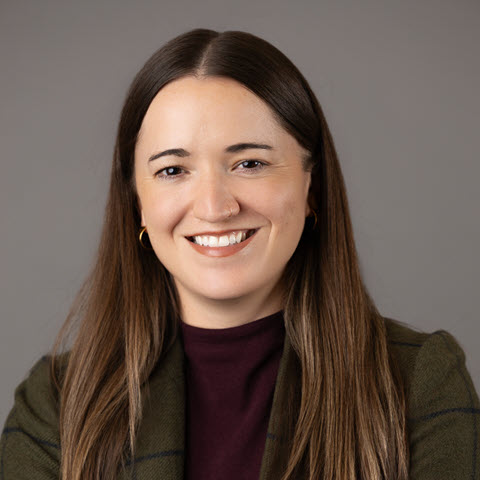Several years ago, we explored how energy efficiency teams were expanding to become more-integrated teams, offering demand response (DR) and distributed energy resource (DER) programs to customers. Members of the E Source Demand-Side Management Service, Distributed Energy Resource Strategy Service, or Technology Assessment Service can read the original research in our report How DSM departments are evolving into customer energy solutions teams.
We’ve been tracking organizational structure developments for over a decade, and it’s again become a trending topic among utilities. After discussing org structures with many of you at our recent leadership council meetings and reviewing questions submitted through the Ask E Source program (PDF), we’ve identified some new developments in how utilities are organizing their teams.
The ever-evolving CES team
The overarching theme emerging from our recent research is that the purview of customer energy solutions (CES) teams continues to expand as utilities integrate more types of customer programs. Legacy energy efficiency departments are pulling other types of customer programs into their groups. The solutions within the purview of most CES teams today include energy efficiency, electrification, DR, solar, EVs, and low- and moderate-income programs.
This expanded portfolio has added new responsibilities for the leaders of these teams as they take on more planning and different types of reporting. Sometimes the CES teams have responsibility for distributed energy, including grid management, microgrids, and solar. But we’re also seeing some examples of utilities where those teams are refocusing as resiliency teams. Sometimes those resiliency teams spin out of CES and are in distribution. Sometimes they just work closely with integrated resource planning teams.
We’ll be watching closely this year to see whether energy efficiency stays at the center of all this or if more utilities integrate dispatchable load programs with DER and grid resiliency teams.
We recently surveyed the members of the E Source Customer Energy Solutions Leadership Council. Of the 14 responses we’ve received so far, 11 indicated that their CES divisions report to customer operations or customer service. Of the 3 that don’t, 1 division reports to distribution and 2 divisions report to sales. Figure 1 shows some preliminary results from our survey.
Figure 1: The evolution of CES teams
According to one survey respondent:
We used to have all products lumped under a single manager. Now we have them organized under three managers, each with a specific program area: Energy Management Solutions (DSM and decarbonization—in front of the meter), Alternative Energy (customer-owned generation, managed services like batteries or EVs—behind-the-meter interconnection), Customer Advocacy (low-income and utility services like autopay, paperless, payment plans, on-bill financing).
At one northwestern utility, the energy efficiency team has become customer energy management. The team uses a customer-centric lens to determine what’s needed around outreach and education related to integrated offerings. The work is converging, so employees are taking on expanded scopes to include new products and programs.
Another utility shared that its energy solutions and business services division is taking on more DR-related work, including time-of-use programs, demand aggregation, and emerging technologies.
How utilities are adding mobility to their org structures
We’ve seen a few examples where a specific product becomes such an important growth area at a utility that it has its own plan and budget and a team evolves into a larger department.
This was the case with Xcel Energy’s clean transportation team. Xcel Energy filed ambitious transportation electrification (TE) goals in its TE plan and then spun out an organization with more than 50 staff members to oversee the TE plan.
Utilities are quickly adding responsibilities, positions, and even whole teams to their organizational structures to support their TE plans. The size and structure of the mobility teams depend on a few factors, including:
- State mandates and funding for mobility. Some utilities have large amounts of money available to fund mobility initiatives or are required to implement certain programs.
- The maturity of the utility’s mobility initiatives. Some utilities already have established mobility programs that they support with specific positions; others are just starting to develop mobility initiatives and haven’t been assigned a lot of resources.
- The size and staff at the utility. At smaller utilities, staff work on multiple topics with less specialization. Large utilities can create roles that are specialized to specific programs.
Most utilities have added mobility-related positions within their demand-side management (DSM) or CES groups. Some utilities put mobility outside of DSM under a strategic or new programs group.
What will the future bring for CES?
In the future, shifting budgets will be the primary driver of organizational structure changes.
As program funding changes and utility priorities shift, we expect CES teams to shift their focus too. For example, as utility TE spending continues to increase over the next few years, we expect more utilities to create entire mobility departments with dedicated budgets. And we expect more utilities to devote specific roles to mobility. What remains to be seen is how much utilities will continue to spend on energy efficiency.
Each utility chooses a structure that’s best suited to its unique regulatory, market, and broader organizational context. As that context quickly evolves and increasingly focuses on customers, we expect the rapid pace of organizational adaptation to continue.


